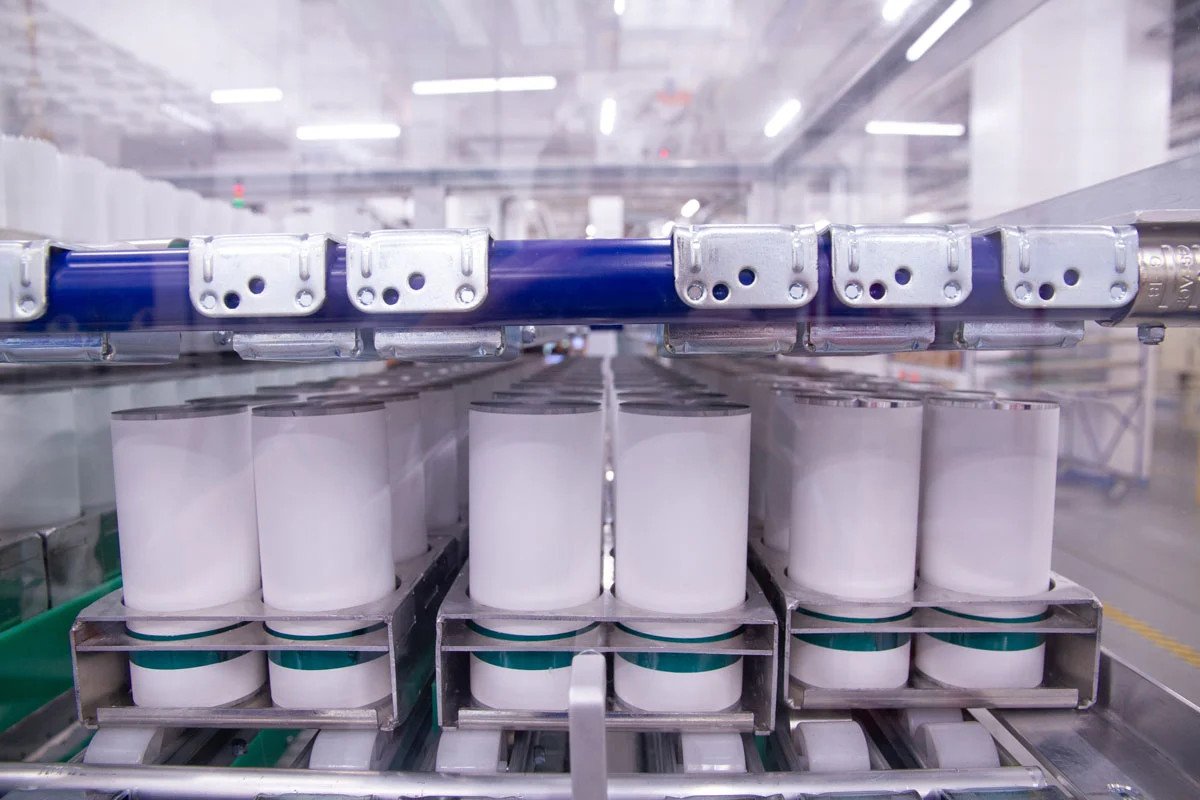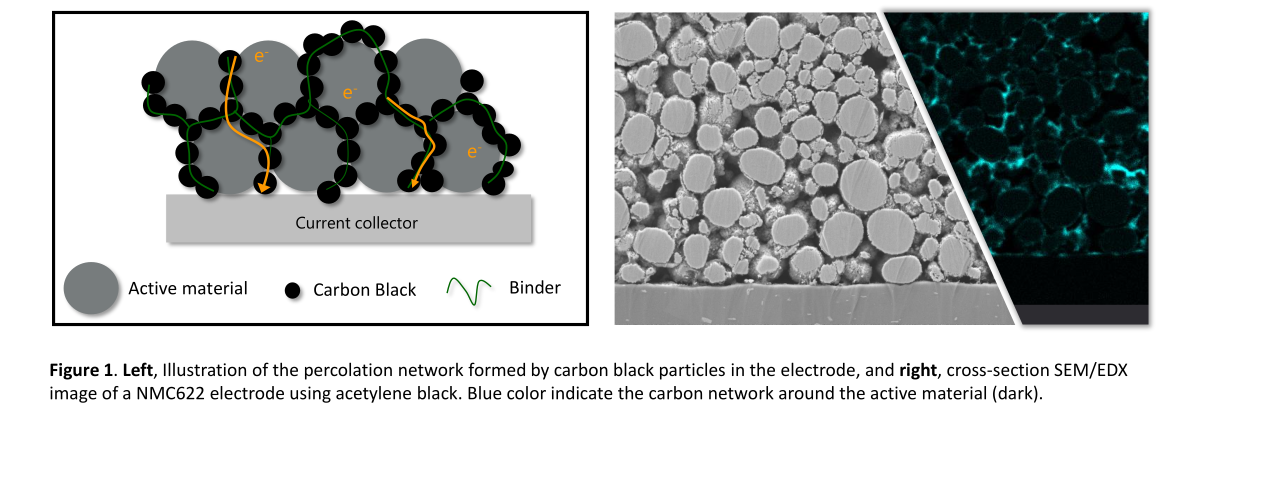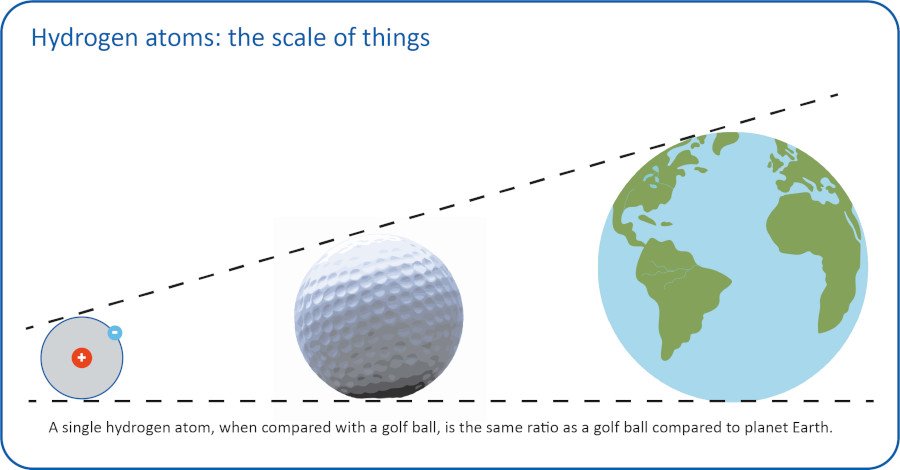Ultracapacitors in Electric Vehicles – From Premium Cars to Mass-Market Applications
Whether a car is powered by an internal combustion engine or batteries, the experience of driving is largely the same. For many, the most important feature in a car is its engine, for others it’s fuel economy, and for some it’s the hood ornament and how envious your neighbor will be when you cruise to a stop next to them on the parking lot while they’re stepping out of their SSangYong. But no matter what car you drive, the one universal truth is that everyone cares about how their car handles, which makes handling an increasingly important opportunity for automotive manufacturers to differentiate their products. In addition, comfort while driving is becoming more and more of a buying criteria, as even small cars nowadays offer smooth suspension comparable to luxury sedans of previous generations.
It could be argued that the importance of handling has never been higher than now, as electric vehicles with their massive battery packs are becoming the norm rather than the exception. Electric cars, despite the low center of gravity, are generally bad at cornering simply because balancing the heavy battery pack is challenging. Half a ton out of balance equates to a poor driving experience. To combat this, automotive OEMs are looking at solutions to improve the driving experience, and as always, the latest technologies are added to the premium class first and trickle down to the mass volume market some years down the line. One of the coolest technologies are the active roll control systems that significantly improve cornering and handling by reducing body roll in turns or on rough surfaces by using roll bars on both axles to stabilize the car body.
Active roll control systems are not a particularly new technology. The first attempts were based on hydraulic actuators, which made them perform slowly and poorly due to limited power available. The modern systems, as seen on for example on Audi SQ7, Bentley Bentayga, or the new Porsche Taycan, are electric and powered by 48V systems, providing the active roll control systems with a very fast response time as well as the high power required for top performance. While this is still a niche application for premium vehicles today, it’s a sign of things to come in higher volumes as price for energy storage decreases and electric cars capture a larger market share.

Ultracapacitors stepping into the fray
Most modern applications, such as these active roll control systems, operate as isolated “islands”, preventing any harmful conditions in the main electrical system, which eliminates power limitations and voltage drops. 48V systems, gaining in popularity in the automotive market, also enable energy regeneration at high power levels – an application for which lithium-ion batteries are not well-suited, especially in the long term.
And talking about batteries and unsuitability, an electric active roll control system requires only low average power, but high peak power – a ratio of 1:10 to 1:15 resulting in a relatively low energy requirement and therefore energy storage requirements exactly opposite to the ideal use cases for lithium-ion batteries. In current electric vehicles, this has resulted in heavily oversized battery packs to meet the power requirements, but even oversizing is not enough to overcome the limitations of lithium-ion batteries when it comes to energy regeneration potential. Especially for EVs, where 48V systems will primarily be used for comfort features without focus on energy regeneration, it does not make sense to implement an oversized Li-ion battery to cover the peak power demand of a few loads.
This is how ultracapacitors provide the solution – they can be charged and discharged in seconds, and they are capable of more than a million charge-discharge cycles,
The alternative energy storage technology to power systems such as active roll control, ultracapacitors, has been the daydream of many automotive engineers for the past two decades, but non-existent progress in increasing the energy density and the relatively high price of the ultracapacitors on the market has created a barrier for their use in passenger cars. It’s only in the past few years that ultracapacitors have experienced a renaissance of sorts, largely powered by the advances Skeleton Technologies has made in increasing the energy and power density, while utilizing a synthetic raw material. This has lowered manufacturing costs to a level where ultracapacitors have become a viable option for automotive OEMs and Tier 1’s. Meanwhile, the number of automakers using ultracapacitors as energy storage for active suspension is increasing.

Ultracapacitor-powered active roll control systems electrically control the stiffness of the roll bars, enabling the car to corner smoothly – despite the heavy weight of the body working to unbalance the suspension – by using an electric motor on the axles to power the roll bars countering the natural movement of the cars body. These modern roll control systems can be adjusted on the fly by changing the stiffness of the roll bars on the axles, resulting in oversteer, understeer, or a neutral handling experience based on the driver’s preference.
Thermal properties
Unlike batteries, ultracapacitors have a wide operating temperature range from -40 to +65°C. This results in maximum power performance even in cold climate conditions, where battery solutions would require significant oversizing to fulfill the power requirements of the application.
Just as start-stop and other similar applications have experienced fast adoption in the automotive industry after at first being introduced in the premium models, active roll control is coming to mass-market passenger cars sooner rather than later. But there’s a much bigger shift coming.
Fast-charging revolution
Fast charging follows a logical evolution in the electric vehicle industry – high-power applications are being enabled by the emergence of the 48V system and the increasing popularity of ultracapacitors. And Skeleton Technologies’ ultracapacitors, with specific energy ratings of about 65 Wh/kg expected in the next 2-3 years, make fast charging possible.
With batteries, the charging speed is always going to be relatively limited due to technological barriers and the chemistry of batteries – they simply cannot be charged with a very high current without significantly impacting lifetime. Ultracapacitors don’t age due to energy throughput or high charging rates, as they store the energy in an electrostatic field, and not in an electrochemical reaction like batteries. This is how ultracapacitors provide the solution – they can be charged and discharged in seconds, and they are capable of more than a million charge-discharge cycles, which means a typical passenger car has been recycled and born again as a something else far earlier than an ultracapacitor loses its efficiency.
While lithium-ion batteries are expected to provide the range far into the future, an ultracapacitor pack is going to power daily drives. Skeleton Technologies is working on fast-charging technology to enable an ultracapacitor pack to be charged in 15 seconds and to provide a range of about 50 kilometers. This is the future of electric vehicles and the ultimate benefit of ultracapacitors in cars. Starting from powering everyday applications such as energy recover, start-stop, electric power assisted steering, active roll control, and many more, to revolutionizing the charging infrastructure and the experience of charging the car itself.

Finding the solution for charging the electric vehicle is not enough, of course, because there are also limitations on the grid side. Imagine any large city and the situation in 10-15 years with electric cars making most of the market share. Tens of thousands of people arriving home after work around 5-6 pm and plugging their cars in. No power grid in the world is robust enough to handle that kind of sudden increase in demand. An ultracapacitor charging station removes the need for the nightly charge for EVs, and will change the charging experience entirely for the vast majority of people for whom the 50 km daily range is more than enough.
Skeleton Technologies is of course not the only ultracapacitor manufacturer on the market. Back in 2019, Tesla bought the market leader Maxwell Technologies, and there are rumors flying around of Tesla moving toward a multi-purpose 48V system to power engine starting and other high-power functions, exactly the type of applications where ultracapacitors excel. The future shows great promise for ultracapacitors in the automotive industry, and it’s going to be interesting to see whether Tesla can keep up with the giants of the industry, many of whom are already benefiting from ultracapacitors.







